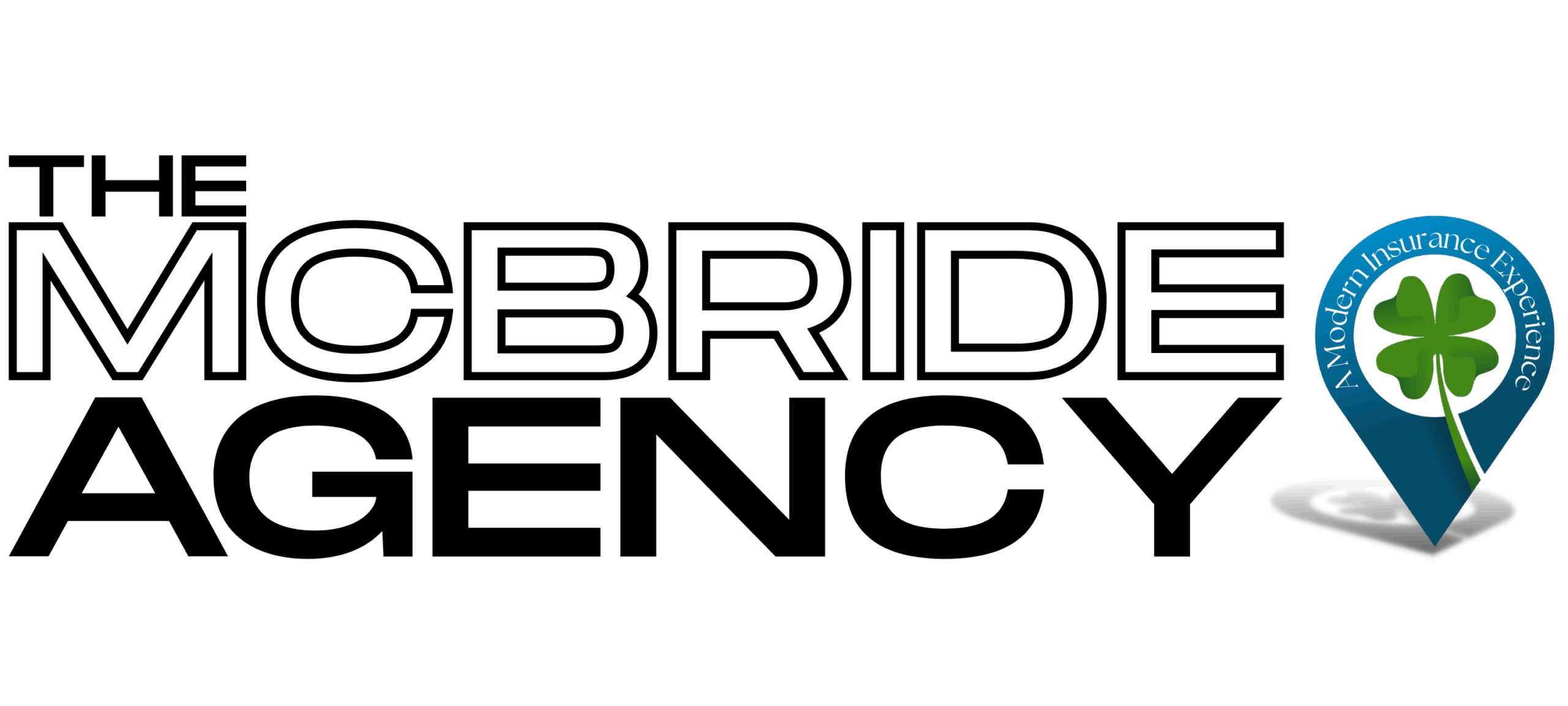Essential Elements of an Effective Accident Reporting Procedure
Accident reporting is not just a bureaucratic necessity; it’s a crucial component of workplace safety, especially in trades like HVAC, plumbing, and electrical work. A robust procedure should clearly outline the steps to be taken immediately after an accident, including who should be notified, how to document the incident, and initial first aid measures. It’s about creating a responsive, responsible culture in the workplace.
In addition to immediate response steps, an effective procedure also includes mechanisms for analyzing accidents. This involves reviewing incident reports, identifying patterns or common causes, and implementing changes to prevent future occurrences. Transparency and accessibility are key; every employee should know how and where to report an incident, ensuring that no detail is overlooked.
Compliance with Legal and Safety Regulations
Navigating the maze of legal and safety regulations can be daunting for business owners. It’s essential to understand the specific laws and standards that apply to your trade. These regulations often dictate the minimum requirements for accident reporting and can vary significantly from one jurisdiction to another.
Adapting to these regulations can be complex, but it’s a critical investment. Utilize resources like safety consultants and legal advisors to navigate these waters. Regular training sessions on compliance for your team will also reinforce the importance of these regulations, ensuring everyone understands their role in maintaining a legally compliant and safe workplace.
Training Employees on Accident Reporting
Training is the backbone of effective accident reporting. Employees need to understand not only the ‘how’ but also the ‘why’ behind the process. This involves regular workshops, accessible guides, and perhaps even mock drills to ensure everyone is prepared. The goal is to create an environment where reporting accidents is instinctive and viewed as a positive step towards safety.
Beyond initial training, ongoing education is vital. This can include updates on procedural changes, refreshers on the importance of reporting, and open forums for employees to voice concerns or suggestions. Empowering employees with knowledge and confidence is a proactive step in fostering a safer workplace.
Benefits of Effective Accident Reporting
Effective accident reporting goes beyond compliance; it’s a strategic move towards a safer, more efficient workplace. By systematically documenting and analyzing incidents, businesses can identify hazardous trends, understand the root causes of accidents, and take concrete steps to mitigate risks.
This proactive approach not only enhances safety but also boosts morale, as employees feel valued and protected. It can lead to operational improvements, reducing downtime caused by accidents and improving overall productivity. It’s a win-win: safer employees and a more efficient business operation.
Common Pitfalls in Establishing Reporting Procedures
Setting up an accident reporting procedure isn’t without its challenges. One common pitfall is underestimating the importance of employee engagement. If the workforce isn’t on board, even the most well-designed procedure will fall flat. Another issue is overly complicated or time-consuming processes, which can discourage reporting.
It’s also important to balance thoroughness with simplicity. While detailed reports are valuable, overly complicated procedures can be a deterrent. Strive for a system that is comprehensive yet user-friendly. Regular reviews and revisions of the process, based on actual use and feedback, will help maintain its effectiveness and user engagement.
Handling and Following Up on Accident Reports
Once an accident report is filed, the real work begins. Timely and thorough follow-up is crucial. This includes investigating the incident, taking corrective action, and, if necessary, updating the reporting procedure. Documentation and communication are key throughout this process.
Effective follow-up also involves communicating outcomes to your employees, demonstrating that their reports lead to real changes. This transparency not only boosts morale but also reinforces the importance of the reporting process. It shows that the company takes each report seriously and is committed to continuous improvement in workplace safety.
Establishing an effective accident reporting procedure is a vital step for any trades contractor looking to ensure a safe and efficient workplace. Remember, a well-informed team is your best defense against workplace accidents. To further protect your business and employees, consider exploring comprehensive Workers Comp Insurance options with our team.

